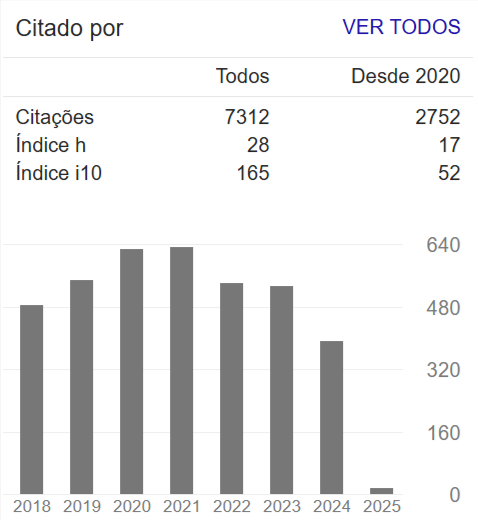ELECTRICAL ANISOTROPY AND BEDROCK FRACTURING: IS THERE A RELATIONSHIP BETWEEN THEM?
Resumo
Recently EM-31 and ground penetrating radar (GPR) surveys were carried out over the Hartland landfill located just north of Victoria, British Columbia, Canada. The bedrock geology in the area of the landfill consists mainly of gneiss overlain by a thin layer (up to 2 m thick) of till. Outcrop in the area reveals the presence of fracture discontinuities throughout the bedrock. A ground and surface water monitoring program for the landfill has shown that contaminated groundwater escaped from the leachate containment and collection systems. Vertical-dipole EM-31 data collected every 2 m along east-west oriented lines spaced 10 m apart clearly outline the direction and extent of leachate propagation. Several approximately north-south conductive features (most likely associated with fractures) about 10 to 20 m in width are also visible. The conductivity of these features decreases with distance from the landfill, thus indicating conductive groundwater is flowing down-gradient. Dipping events that line up with the linear EM conductors can be seen on several east-west GPR profiles. Vertical-dipole azimuthal conductivity data were collected at a number of stations along these lines. Azimuthal conductivity data is obtained by rotating the line joining the transmitter and receiver coils about a vertical axis and taking readings at equal angles (in our case 15 degrees). Signal-to-noise was improved by using reciprocity, i.e using the fact the EM response should be the same when the transmitter and receiver coils are interchanged, and averaging responses separated by 180 degrees. Preliminary results indicate that azimuthal conductivity can vary by as much as 30% between maximum and minimum values.

















